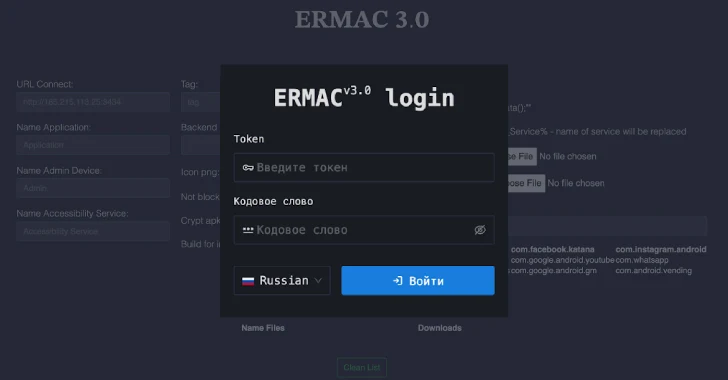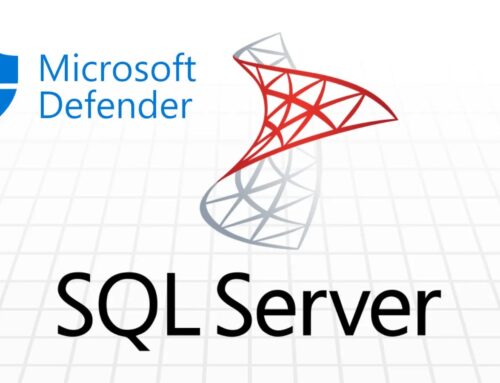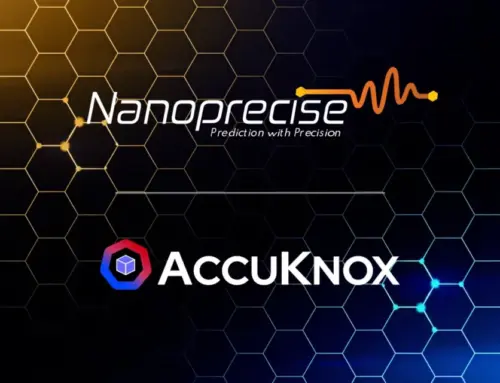
ERMAC V3.0 Banking Trojan Source Code Leak Exposes Full Malware Infrastructure
The ERMAC V3.0 Banking Trojan: A Deeper Dive into Exposed Infrastructure
The digital landscape is a constant battleground, and the recent exposure of the ERMAC V3.0 banking Trojan’s source code has sent ripples through the cybersecurity community. This isn’t just another malware variant; it’s a critical revelation that sheds light on significant shortcomings in the operators’ infrastructure, offering a rare glimpse into the adversary’s playbook. Understanding the intricacies of this threat is paramount for professionals safeguarding sensitive data and financial assets.
ERMAC’s Evolution: From Threat to Exposed Vulnerability
Cybersecurity researchers have meticulously dissected the ERMAC 3.0, uncovering a significant evolution in its capabilities. Prior iterations of this Android banking Trojan caused concern, but version 3.0 dramatically expands its reach. With sophisticated form injection and data theft capabilities, ERMAC 3.0 now actively targets over 700 banking, shopping, and cryptocurrency applications. This widespread targeting highlights the urgent need for enhanced mobile security measures and proactive threat intelligence.
Anatomy of the Attack: How ERMAC V3.0 Operates
ERMAC V3.0 operates by masquerading as legitimate applications, often distributed through malicious links or compromised app stores. Once installed, it requests broad permissions, including accessibility services, which it then abuses to overlay legitimate applications with malicious login screens. This “form injection” technique allows the Trojan to steal user credentials, including usernames, passwords, and multi-factor authentication (MFA) codes. The exposed source code further reveals weaknesses in the command-and-control (C2) infrastructure, providing insights into how the threat actors manage compromised devices and exfiltrate data.
Why Source Code Exposure Matters
The leak of the ERMAC V3.0 source code is a double-edged sword. While it provides invaluable intelligence to security researchers, enabling them to develop more effective detection and mitigation strategies, it also carries inherent risks. Malicious actors could potentially exploit the exposed code to create new, more sophisticated variants or adapt the existing infrastructure for their own nefarious purposes. However, for defenders, this leak offers an unprecedented opportunity to understand the full scope of ERMAC’s functionality, its communication protocols, and its evasion techniques.
Remediation Actions and Proactive Defense
Given the pervasive threat posed by banking Trojans like ERMAC V3.0, a multi-layered approach to security is essential. Organizations and individuals must adopt proactive measures to minimize their risk exposure.
- User Education: Train employees and users to be wary of unsolicited emails, suspicious links, and unfamiliar app downloads. Emphasize the importance of verifying app legitimacy before installation.
- Application Whitelisting: Implement strict application whitelisting policies on corporate devices and recommend it for personal use to prevent the installation of unauthorized or malicious applications.
- Mobile Device Management (MDM): Utilize MDM solutions to enforce security policies, manage app installations, and monitor device health.
- Regular Security Audits: Conduct frequent security audits and penetration testing of mobile applications and infrastructure to identify and address vulnerabilities.
- Prompt Patching: Ensure all operating systems, applications, and security software are kept up-to-date with the latest security patches. This mitigates known vulnerabilities that ERMAC or similar Trojans might exploit (e.g., vulnerabilities like clicking on a malicious link could exploit CVE-2023-38831 if not patched).
- Multi-Factor Authentication (MFA): Employ strong MFA for all online accounts, especially financial and sensitive applications. While ERMAC V3.0 attempts to bypass MFA, robust implementations make it significantly harder.
- Behavioral Analysis: Implement security solutions that can detect anomalous application behavior or suspicious network traffic indicative of malware activity.
Tools for Detection and Mitigation
Leveraging the right tools is crucial for identifying and combating sophisticated threats like ERMAC V3.0. A combination of static, dynamic, and behavioral analysis tools can provide comprehensive protection.
| Tool Name | Purpose | Link |
|---|---|---|
| Mobile Threat Defense (MTD) Solutions | Real-time threat detection, app analysis, and policy enforcement for mobile devices. | (Varies, e.g., Zimperium, Lookout, Check Point Harmony Mobile) |
| Static Application Security Testing (SAST) tools | Analyze mobile app source code for vulnerabilities and security flaws pre-deployment. | (Varies, e.g., Veracode, Checkmarx) |
| Dynamic Application Security Testing (DAST) tools | Test mobile applications in a runtime environment to identify vulnerabilities and behavioral anomalies. | (Varies, e.g., NowSecure, AppScan) |
| Network Intrusion Detection/Prevention Systems (IDS/IPS) | Monitor network traffic for suspicious patterns and block malicious communications (e.g., C2 traffic). | (Varies, e.g., Snort, Suricata) |
| Endpoint Detection and Response (EDR) for Mobile | Provide advanced threat detection, investigation, and response capabilities for mobile endpoints. | (Varies, e.g., CrowdStrike Falcon for Mobile) |
Conclusion: Strengthening Our Digital Defenses
The detailed understanding of the ERMAC V3.0 banking Trojan, thanks to the exposed source code, serves as a stark reminder of the persistent and evolving nature of cyber threats. While the leak presents challenges, it also empowers defenders with critical insights into the adversary’s methods and infrastructure weaknesses. By adopting a proactive security posture, emphasizing user education, implementing robust technical controls, and leveraging appropriate security tools, organizations and individuals can significantly bolster their defenses against sophisticated mobile malware and safeguard their financial assets in an increasingly interconnected world.





